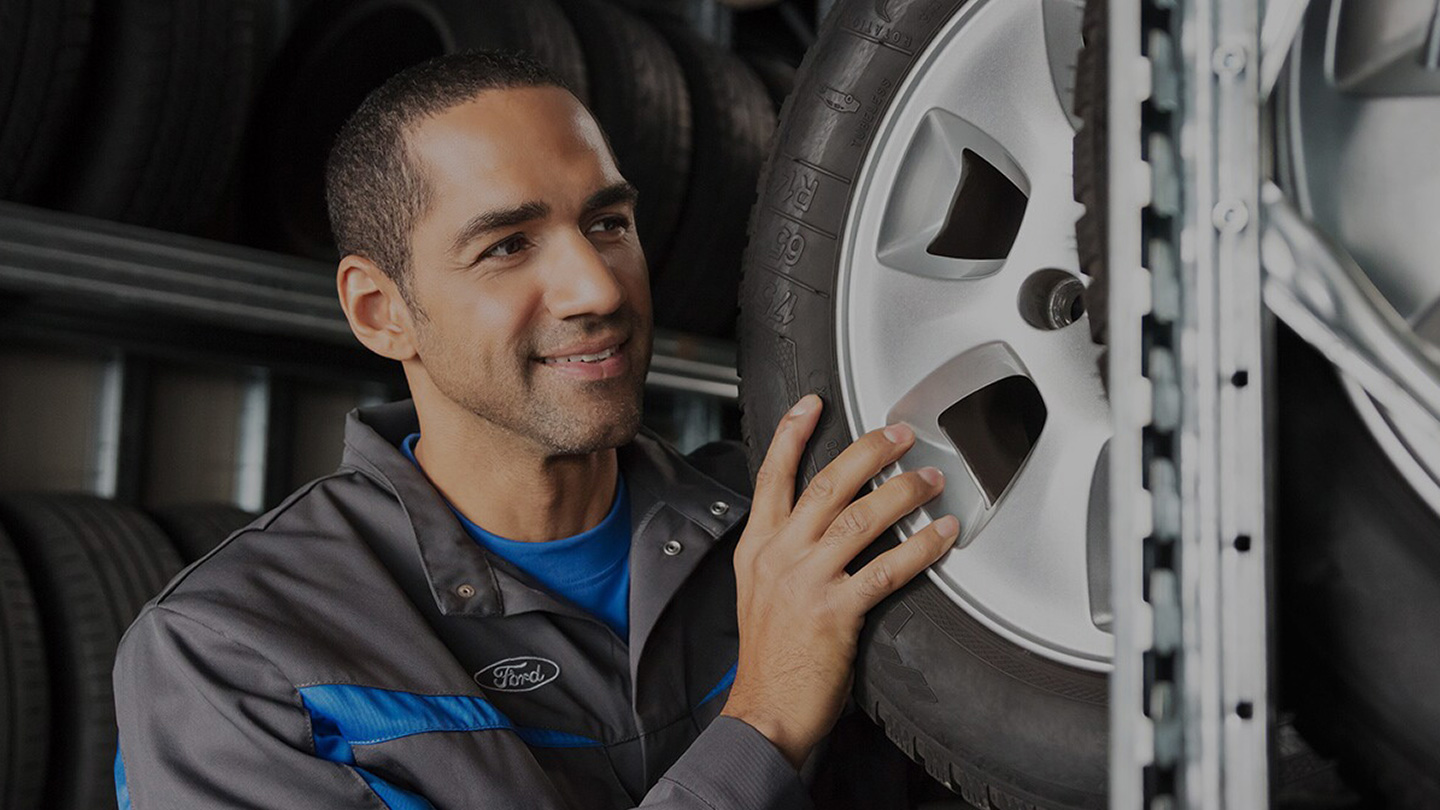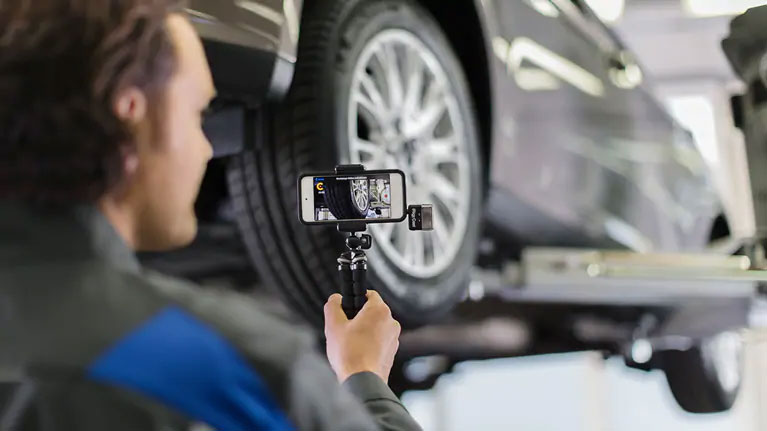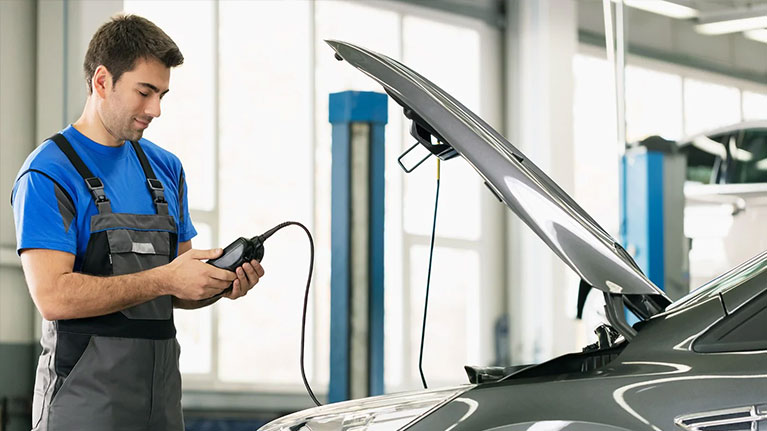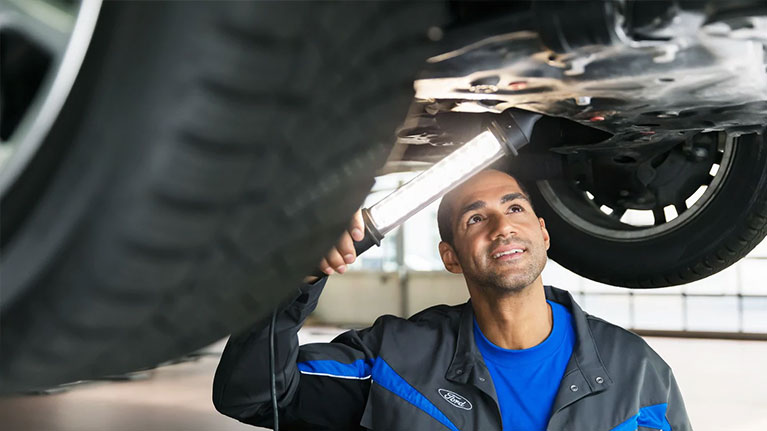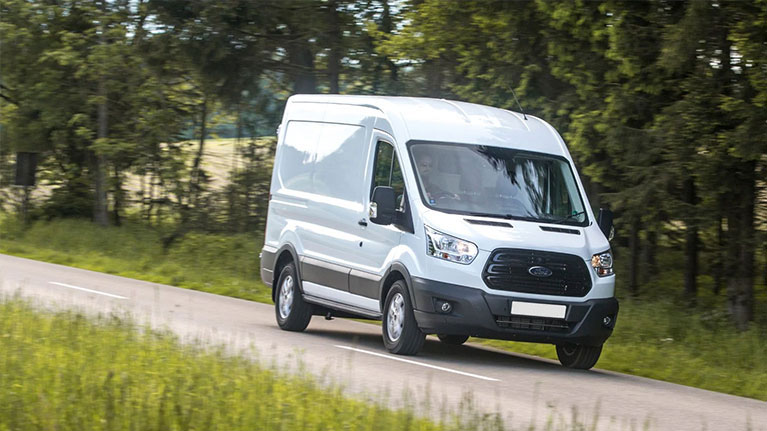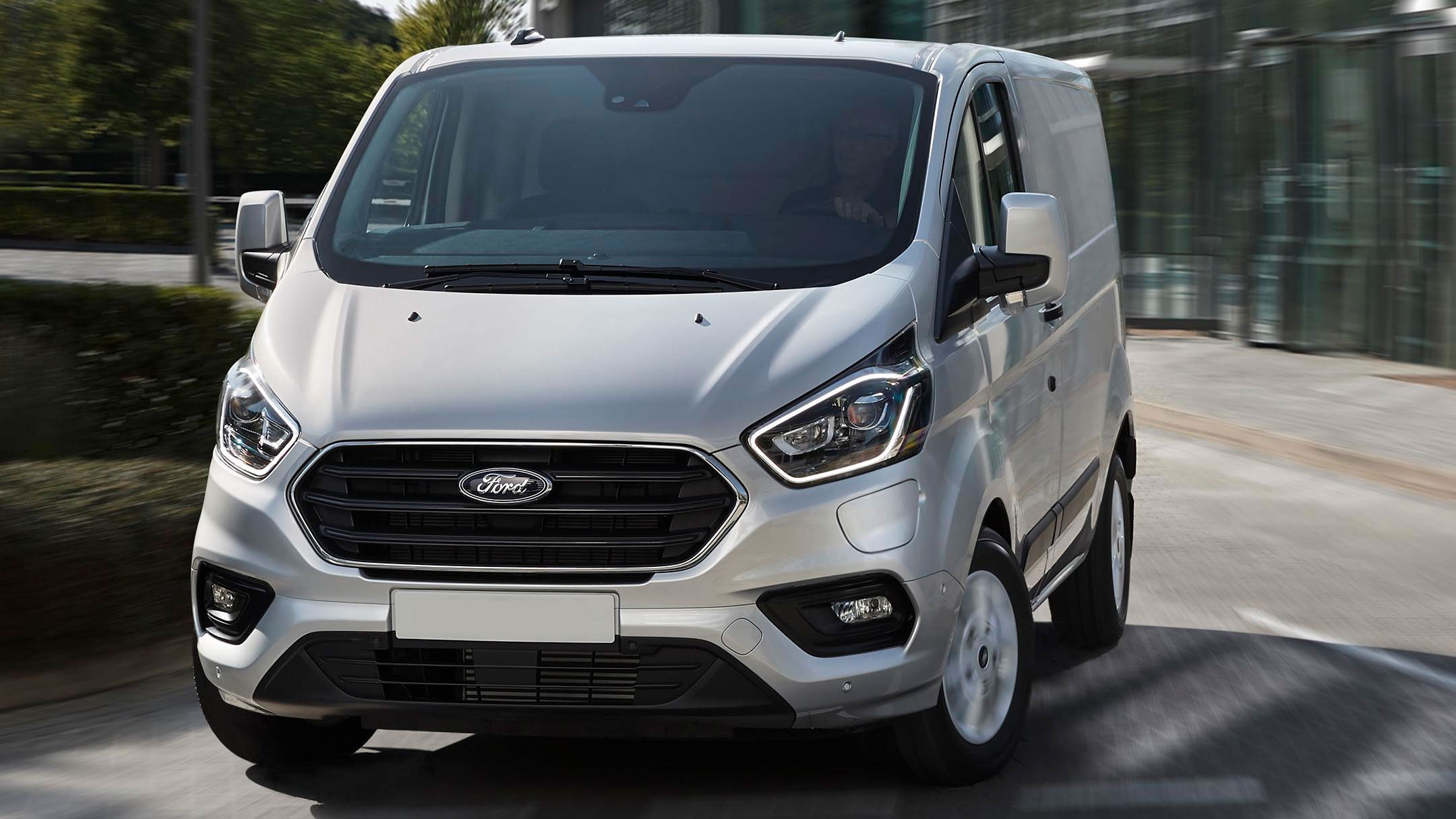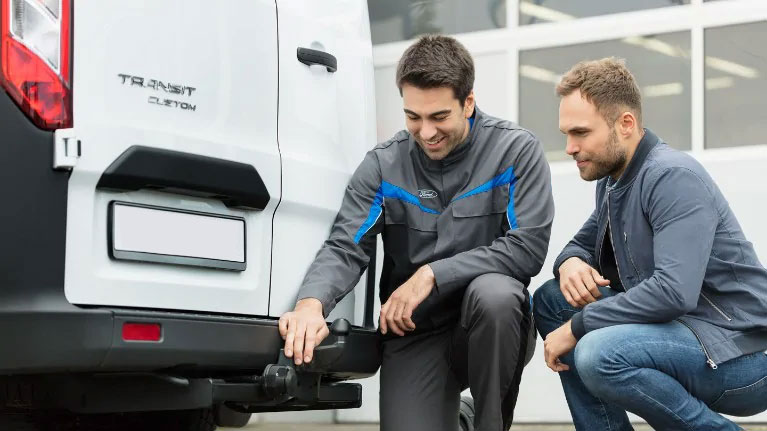Electric & Hybrid Vehicles – Clear, Simple Advice!
Electric cars and vans can be a confusing subject, but don’t worry we’re here to help you with clear, simple advice.

Mild-Hybrid Electric Vehicle
In the case of a mild hybrid, the conventional combustion engine is assisted by a battery driven electric motor. Although the electric battery cannot power the car itself, the assistance it provides reduces emissions.

Hybrid Electric Vehicle
A Hybrid Electric Vehicle (HEV) utilises two sources of power - conventional and electric. The vehicle will automatically switch between the two depending on the speed of travel. When crawling through heavy city traffic, for example, a HEV will switch to electric power and will not use the conventional engine at all.

Plug-In Hybrid Electric Vehicle
A Plug-In Hybrid Electric Vehicle (PHEV) is similar to a HEV in that it uses both conventional and electric power sources, but the battery is much larger and as a result the vehicle is able to travel further distances using solely electric power. They need to be plugged into a charging point in order to recharge the electric battery.

All-Electric Vehicle
The All-Electric Vehicle (E) is driven purely by electricity. Simply plug in to a charging point to charge and the car will take care of the rest.
How and where to charge your EV
Charging an electric car is a little different to filling the tank with petrol or diesel, but the basic concept remains the same. You need to make sure your car has sufficient power to get from A to B, stopping to top-up along the way if necessary. With over 100,000 charging points across Europe you can rest assured that you’ll never be far from your next charge.
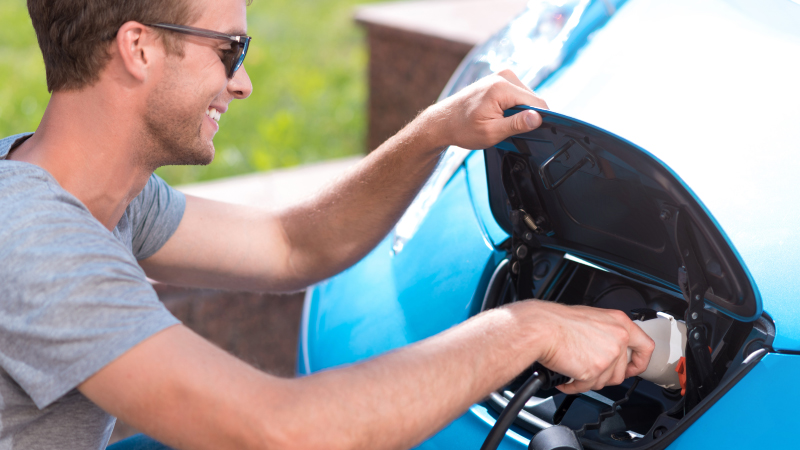
Charging at home
As long as you have off-street parking, you’ll be able to get a charging point installed.
You’ll receive a cable from the manufacturer to connect to the socket - simply plug it in to your EV to begin charging, just like a smartphone.
You can also connect your electric car to a standard 3-pin socket in your house, but this takes a lot longer to achieve full charge.
You’ll receive a cable from the manufacturer to connect to the socket - simply plug it in to your EV to begin charging, just like a smartphone.
You can also connect your electric car to a standard 3-pin socket in your house, but this takes a lot longer to achieve full charge.
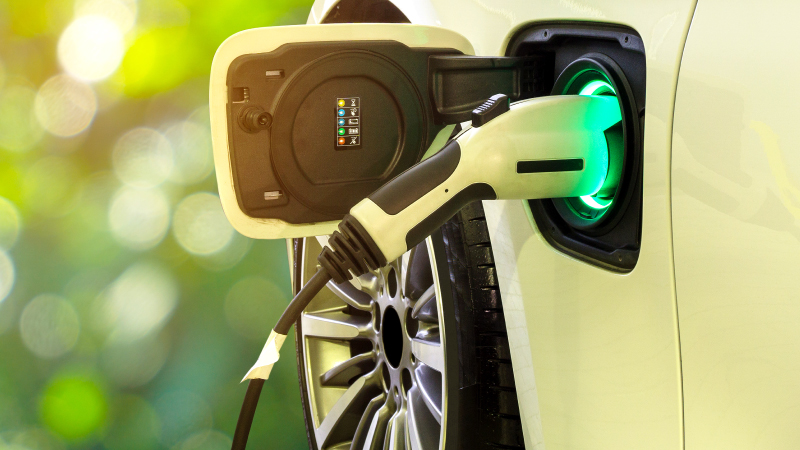
Charging on-the-go
Plenty of public destinations now provide electric charging points including supermarkets, shopping centres, restaurants and car parks. They’ll often let your charge for free to encourage you to visit, but you usually need to bring your own cable.
For longer journeys, most motorway service stations now offer rapid charging points.
For longer journeys, most motorway service stations now offer rapid charging points.
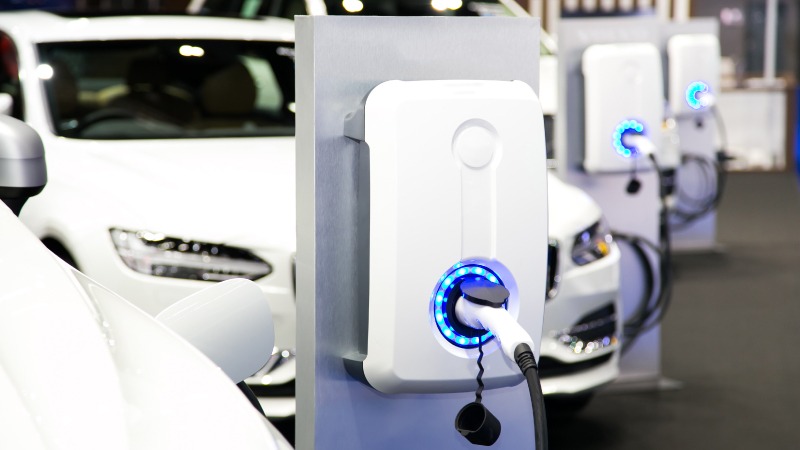
Charging at work
A lot of workplaces are getting on board with the electric revolution and now offer charging points in their car parks for employees to recharge during the work day.
Key Features

